What to do After Your Last Frost
Your last frost has passed — what a glorious time for you and your garden! But now what do you plant in spring? What do you do to get and keep your garden on the right track?
Most of the needed tasks at this time fall into the categories of planting, projects, and maintenance. Let’s explore what you can be doing now to get and keep your garden on the right track after the risk of frost has passed for the season.
*links below contain affiliate links
What to Plan in Spring
Your last frost has come and gone and now you’re ready to get some warm weather crops in the ground! You probably already have some of your cool weather crops in the ground from early spring. What will you plant in spring? Here are some ideas:
Transplant Tomatoes
Tomatoes are the first warm-weather plant I put in my garden. But it’s still not good to rush planting tomatoes! They do best when you wait for the nighttime temperatures rise into the 50’s, consistently.
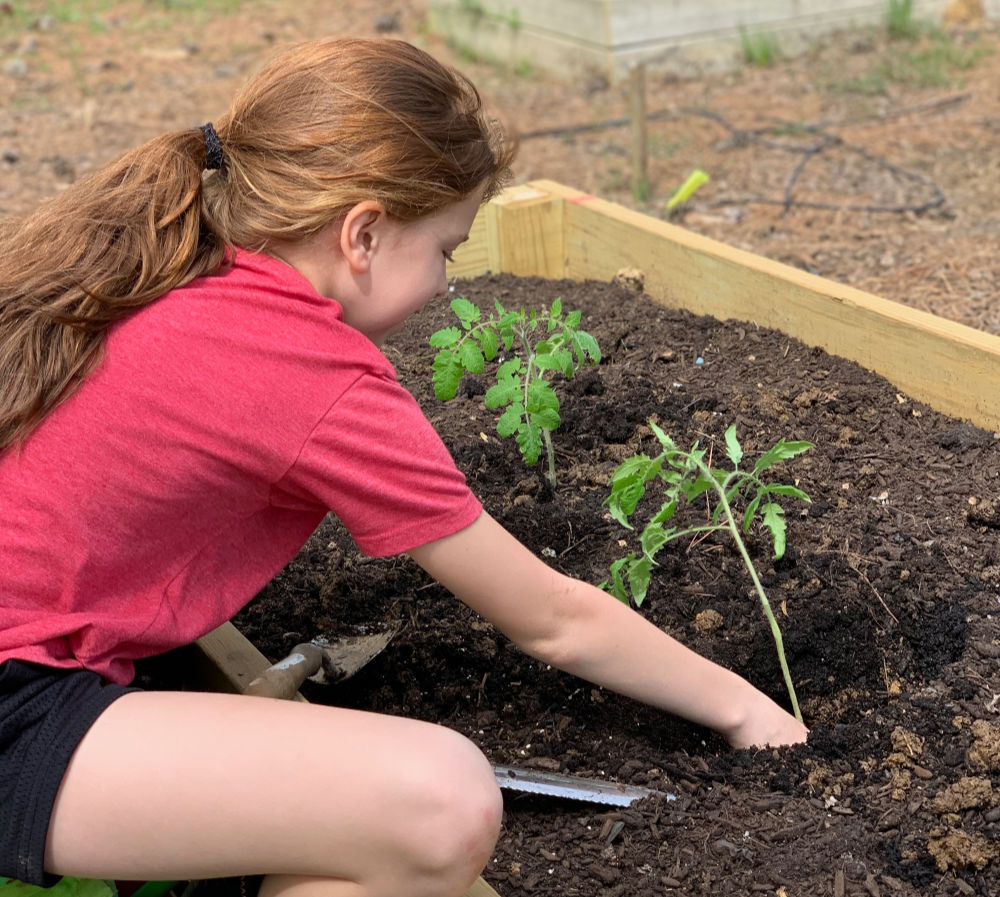
Direct Sow Early Summer Crops
Next, sow these seeds directly in your garden: beans, cucumbers, summer squash, and corn. Grab a soil thermometer and do not plant seeds until your soil is 65* or above. If the soil is too cold, they won’t germinate well.
Direct Sow Mid-Summer Crops
Other summer crops need temperatures a bit warmer than others. When the soil warms up to at least 70* or above, plan to direct sow pumpkins, winter squash, melons, and black-eyed peas. By waiting just a bit longer to plant these crops, you’ll find the germination rate of the seeds much higher.
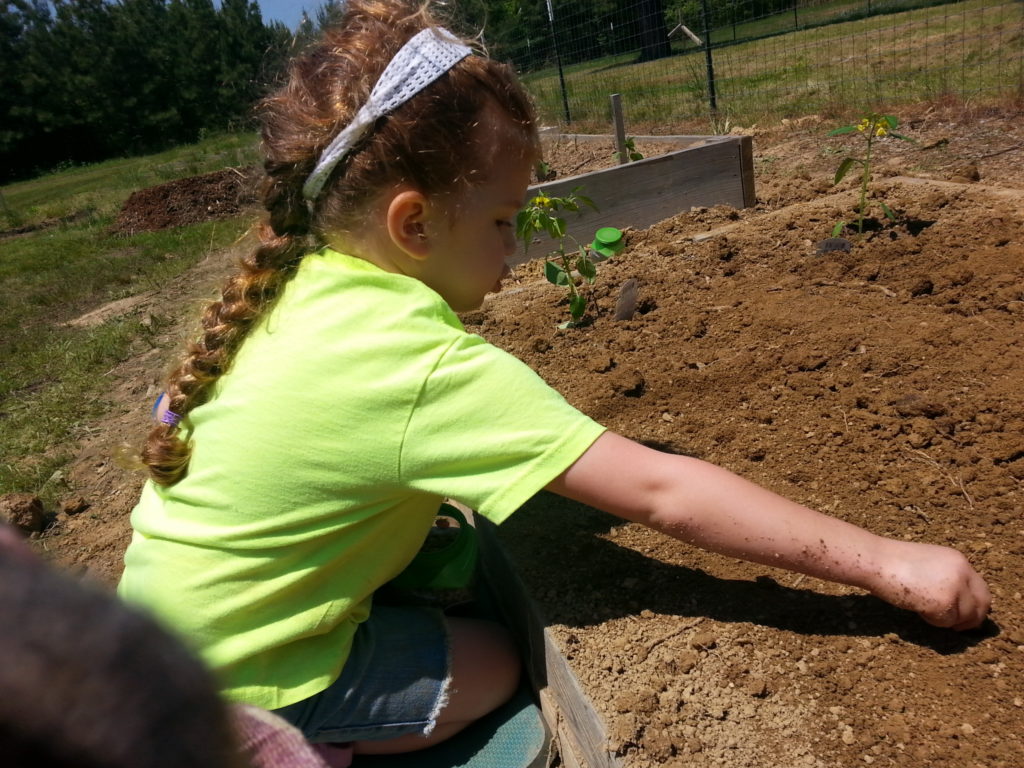
Transplant Heat-Loving Crops
Peppers and eggplant require an early start indoors — either from your own seed-starting or plants you can buy at a nursery. These crops really love hot weather so you’ll want to wait until nighttime temperatures are in the 50s or even preferably in the 60’s. For me, that’s about 2-4 weeks after my last frost.
Direct Sow Heat-Loving Crops
Heat-loving crops like okra thrive in the hot summer. Because of this, wait until your soil temperature is at least 70*. I’m in the southern US, so that gives me enough time for my okra to grow. If you’re in a colder climate, you may need to start your okra seeds indoors a few weeks ahead of planting time. Usually, okra can go in the garden (direct sow or transplant) about a month after your average last frost date.
Plant Sweet Potatoes
Heat-loving sweet potatoes are the last crop I plant in my early summer garden. I plant my sweet potatoes at the end of May, about 6 weeks after my average last frost. If you’re in a colder climate, you may need to plant them earlier.

Herbs
What about herbs? What herbs can you plant after your last frost has passed?
If you purchase transplants from your local nursery, almost all herbs can be planted now.
Keep in mind, basil doesn’t like cold weather so you may want to wait until nighttime temperatures hover at least 50*.
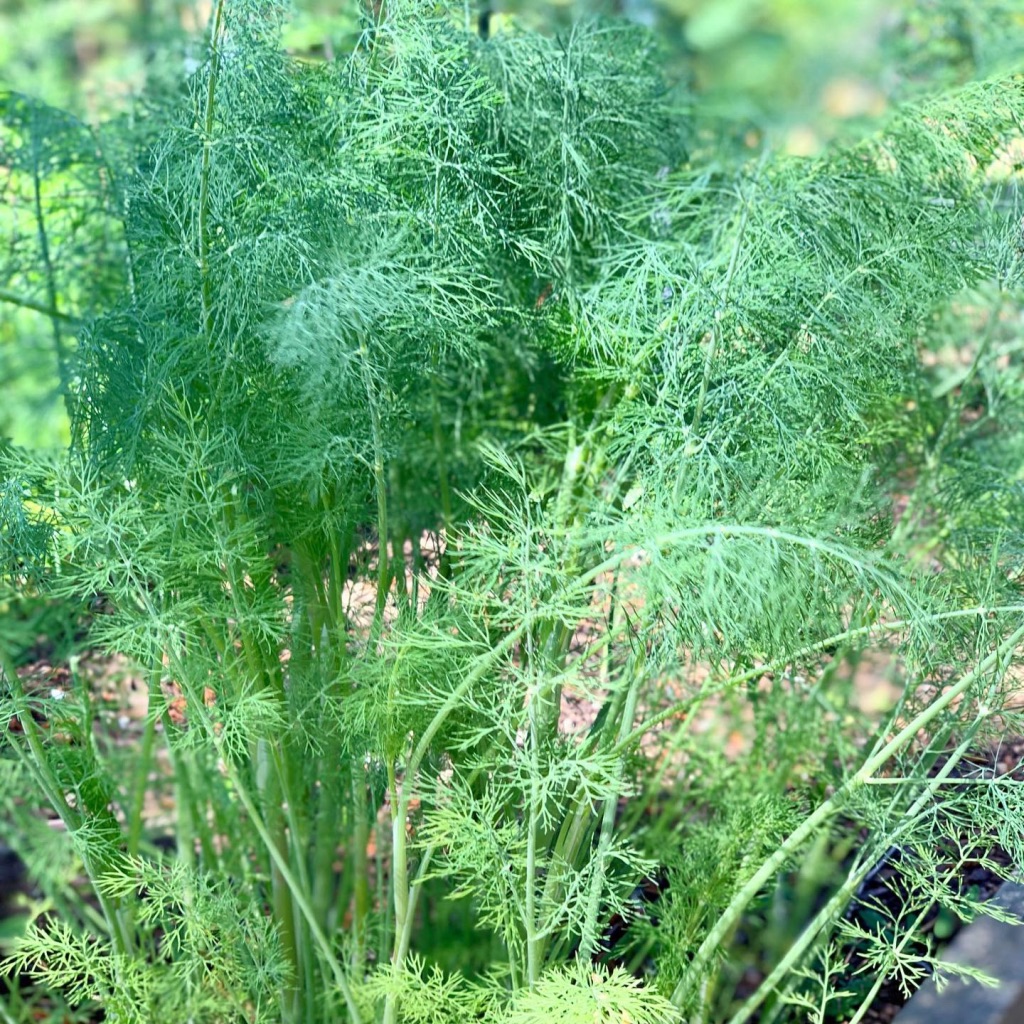
Some herbs, like basil and dill, are actually very easy to grow from seed so you can save money on transplants this way. And while cilantro is great, it may not be the right time to direct sow it. It does not like hot weather and bolts and becomes bitter quickly. Instead, save cilantro for a fall or late winter planting.

Projects
By this time of year, there may still be some projects you want to get done if you haven’t already.
Vertical Supports
Build vertical supports and trellises. Your tomatoes, cucumbers, pole beans, and climbing peas will need some support soon. You can go back to early posts about trellis options, tomato trellises, and other vertical options.
Mulch
Now is the time to add mulch your spring plantings and summer transplants. Begin applying mulch when plants are at least 6″ high. Mulch helps keep moisture in the soil as well as soak up excess moisture during heavy rains. It also helps prevent some soil-borne diseases like early blight. But keep in mind, mulch also regulates soil temperature. This is a great thing in the heat and the cold, but in the early spring, it might be best to wait until the soil warms a bit before applying mulch.
Protection from Late Frosts or Freezes
How many times have I thought the weather was warm enough for planting but then we had a late cold snap? It’s been a lot. I have row covers and plastic covers to help protect my plants. Keep these last-minute protection options handy if your weather presents an unseasonable cold snap.
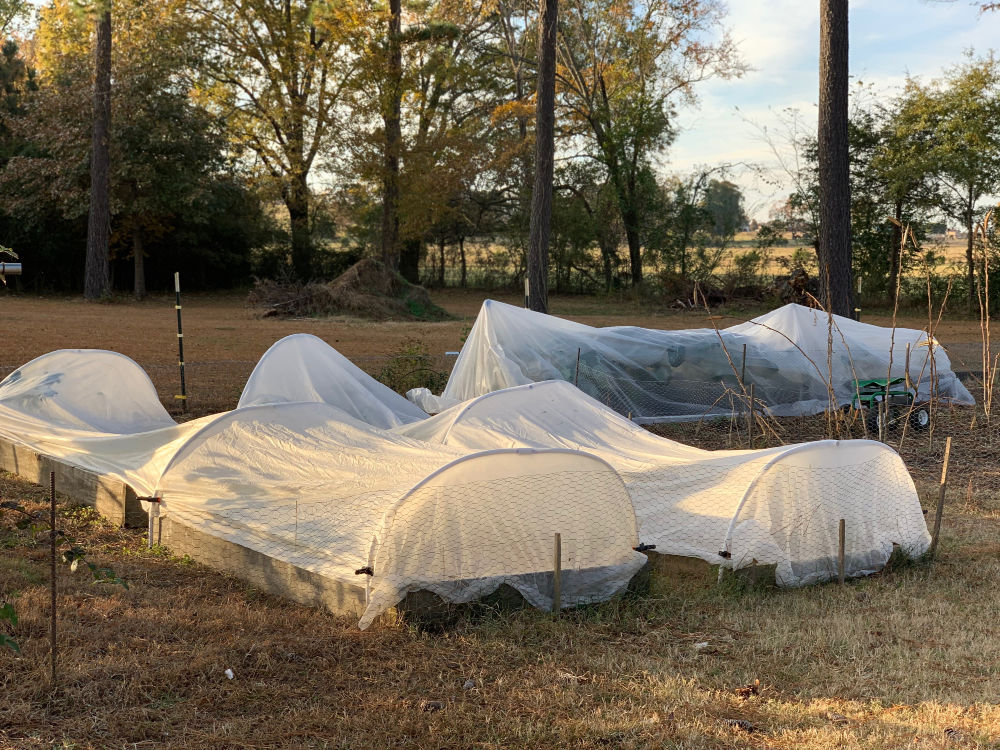
Irrigation
Now is the best time to set your drip irrigation or soaker hoses in place. You don’t want to place them when there is a chance that they could freeze, but you want them to be ready for those dry spells that. may come sooner than you think.
Set up Compost Bin or Tumbler
This is the perfect time to set up your compost system if you haven’t already. Even if you mulch well, spring weeds sprout and grow fast, and as long as you can catch them before they go to flower, this green material makes a powerful addition to your compost.

Get 10% off with my promo code Jill10 on any one of their gardening items here.
Maintenance
Not all garden tasks fall into the planting and projects or categories. As your garden begins to grow, walk your garden daily, just for the pleasure of it. Then, make notes of any maintenance items you need to tend to, like these:
Thinning Seedlings
If you’ve planted from seed and your seedlings are too dense, now is a great time to pull some of them so that you can have healthier mature plants.

Pruning
Prune bottom stems of tomato plants as they begin growing. Stems and leaves touching the ground carry the risk of contracting early blight and other fungal diseases. As they grow, prune off the stems at the lower 12″ of the plant.
Pest Patrol
This is the time of year you should begin looking out for pests. Walk your garden daily. In my garden, cabbage worms and aphids are usually the first to show up. There may be other pests that are common in your garden, so keep your eye out and be prepared with these best practices for organic pest control without pesticides.
I am excited about the middle of spring. Planting and working in my garden is such a joy, especially this time of year. What are you most excited about after your last frost?
Do you get overwhelmed with garden planning?

Subscribe here for my best tips to plan your garden in just 7 days -- all for FREE.
Plus, I'll send you my "In the Garden E-mail" on Fridays, periodic updates on garden resources relevant to you, and you'll receive access to my entire bank of free garden downloads!
You are also agreeing to our privacy policy.


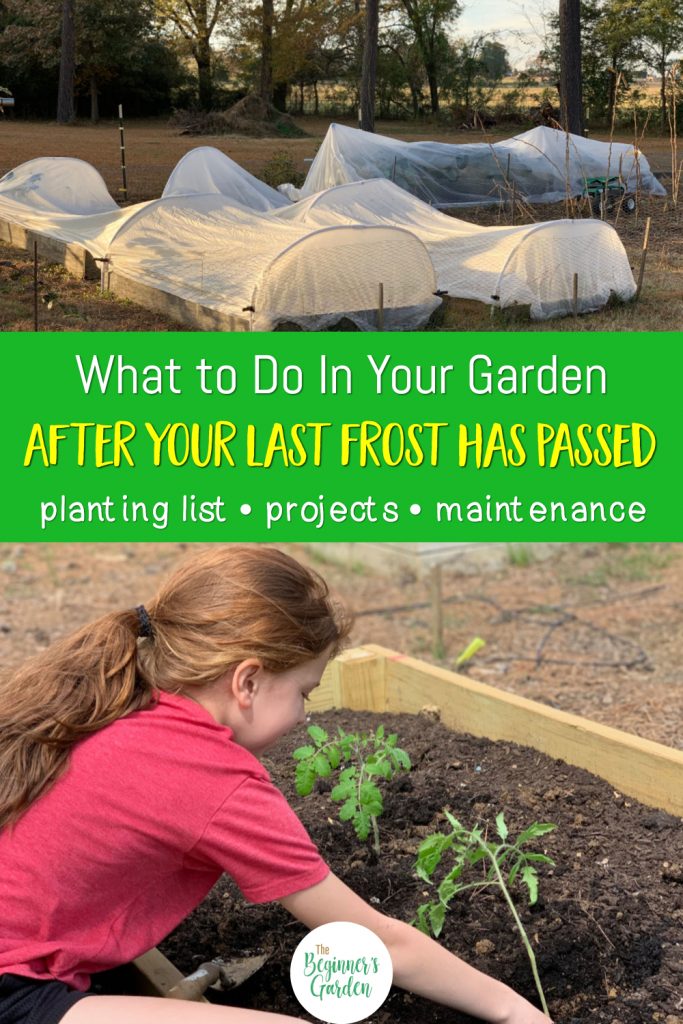
Every year we have trouble with squash beetles, stink bugs, and claw footed leaf hoppers. Any organic suggestions for controlling these pests?
I haven’t found anything organic that has worked for me, although I do know of gardeners who sprinkle their leaves with kaolin clay. It serves as a barrier and the beetles don’t like to walk on it. You might look that up; I’ve considered using it myself.